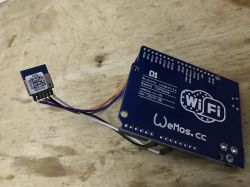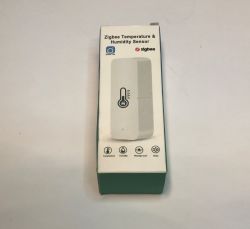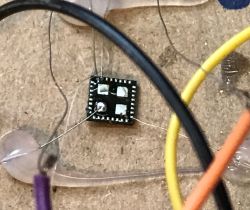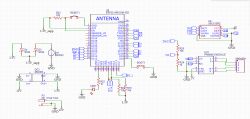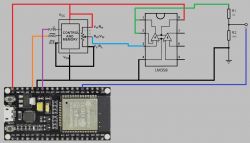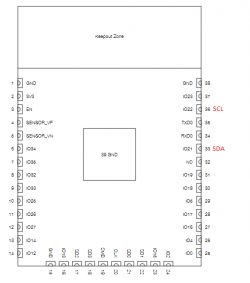Good morning:) .
I would be very grateful for constructive answers:) I am building a radio on an ESP32 with battery backup. The amplifier is a PAM8403 module, for which I would like to adjust the signal power from the DAC by software with a digital potentiometer: X9C103 (one channel). Therefore, I have some questions for the following schematic:
1. does such a battery backup scheme have the right to work?
2. I have a separate +5V line (missing on the schematic) - since the ESP32 runs on 3.3V, can I connect the VCC for the X9C103 to +5 and its logic will be controlled from the ESP32 pins without some logic state conversion?
3. does anyone see any errors in the schematic?
For all answers thank you in advance.
.
I would be very grateful for constructive answers:) I am building a radio on an ESP32 with battery backup. The amplifier is a PAM8403 module, for which I would like to adjust the signal power from the DAC by software with a digital potentiometer: X9C103 (one channel). Therefore, I have some questions for the following schematic:
1. does such a battery backup scheme have the right to work?
2. I have a separate +5V line (missing on the schematic) - since the ESP32 runs on 3.3V, can I connect the VCC for the X9C103 to +5 and its logic will be controlled from the ESP32 pins without some logic state conversion?
3. does anyone see any errors in the schematic?
For all answers thank you in advance.
.



